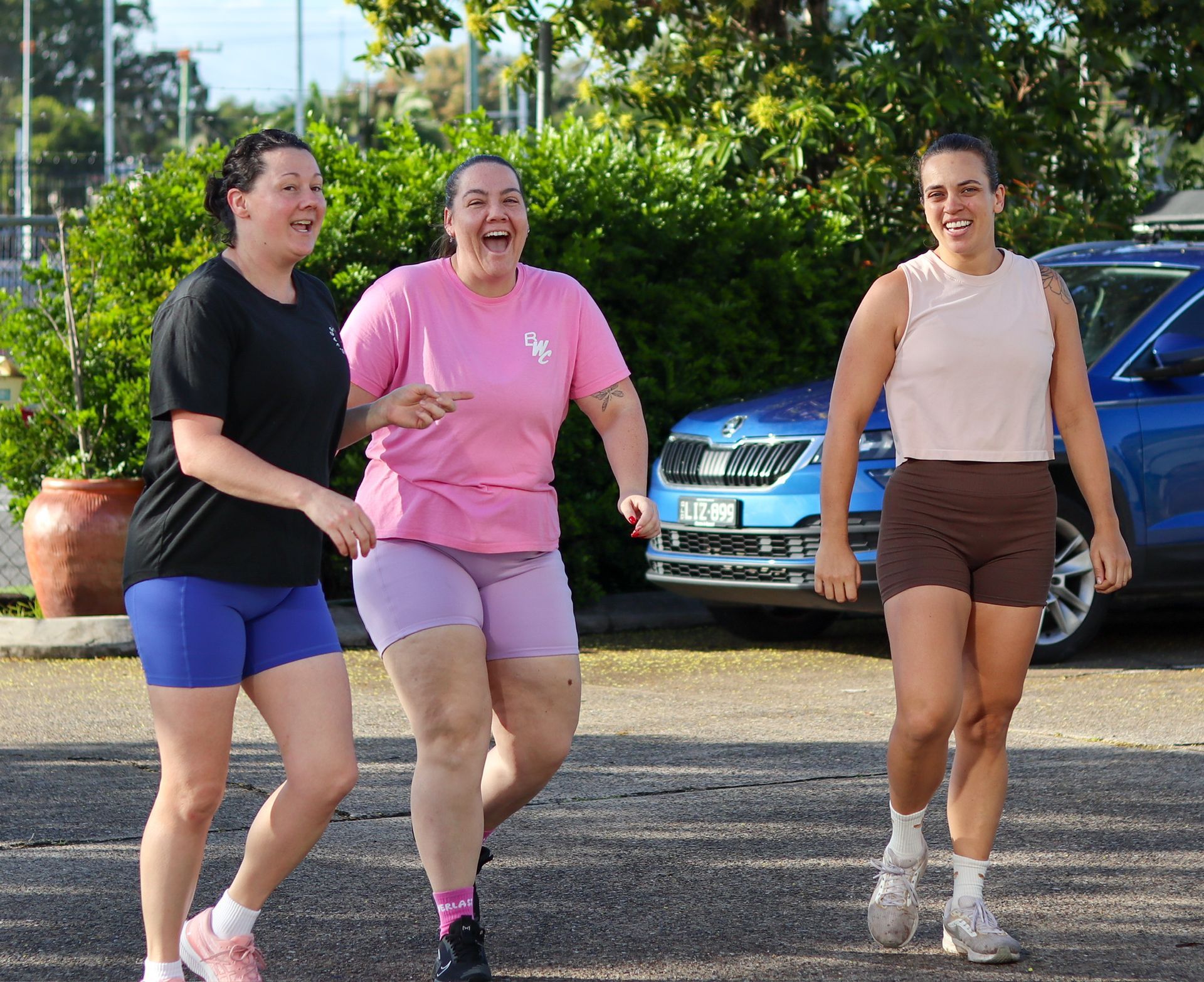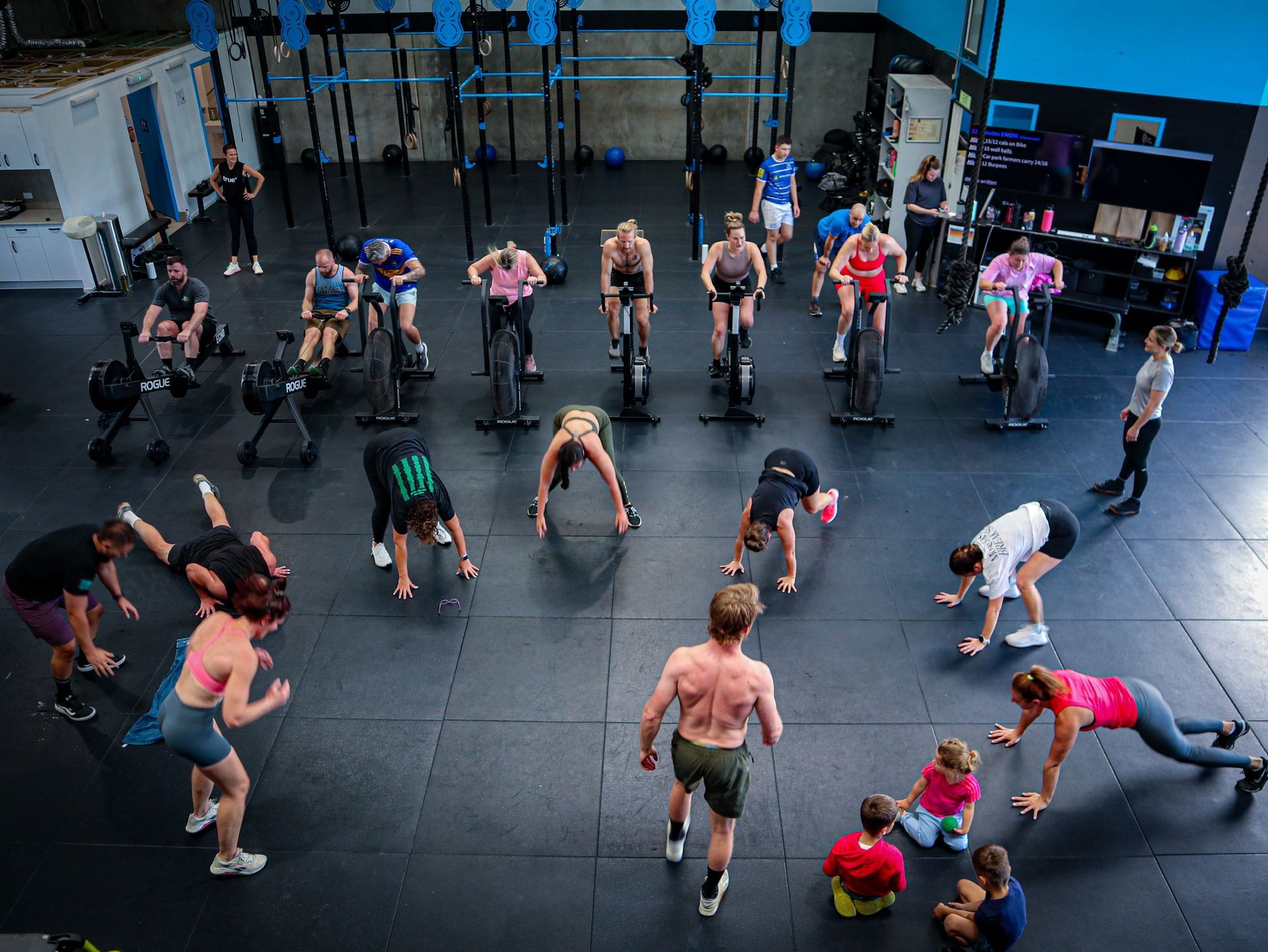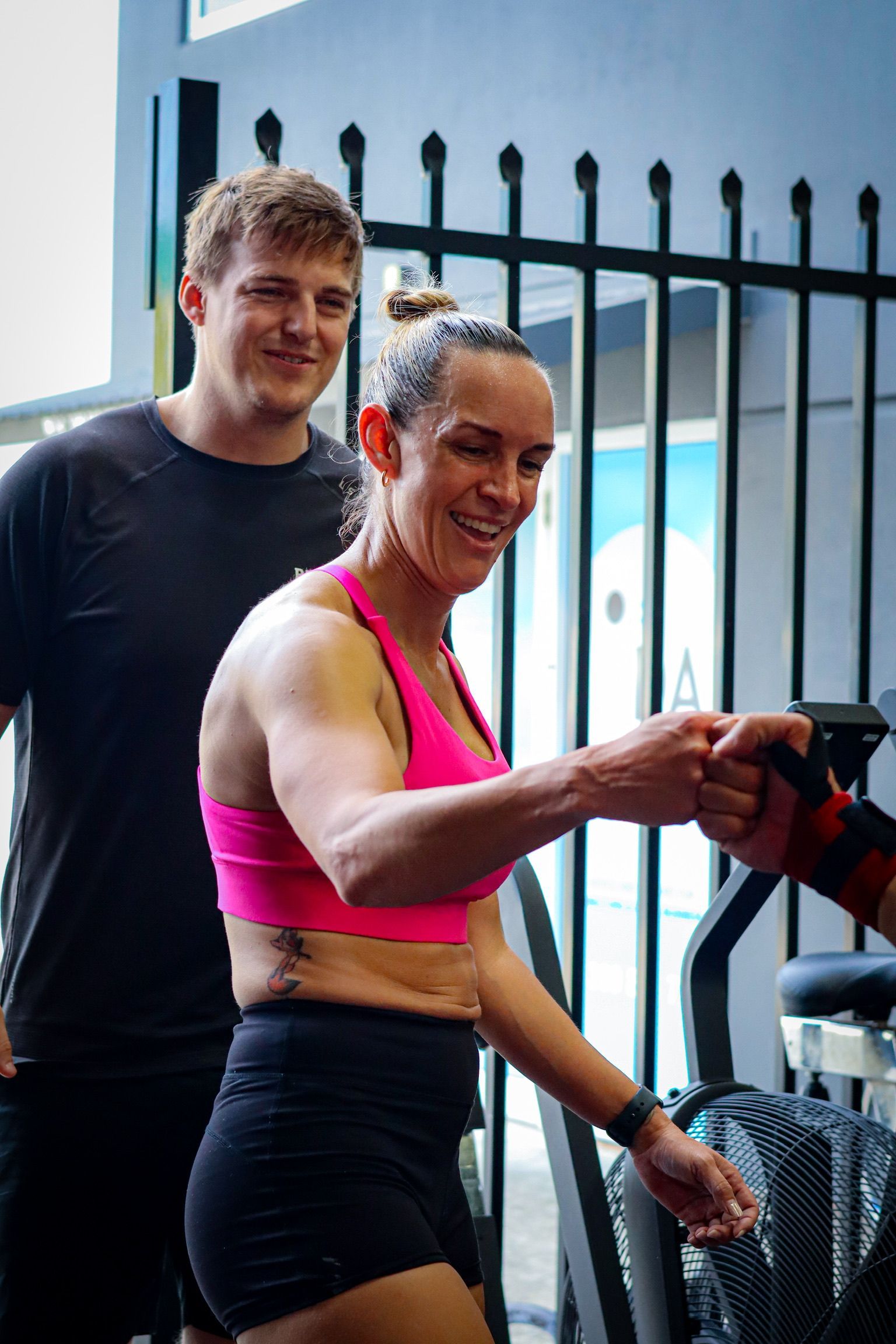Matt Hampton: Overcoming Adversity And Enhancing Performance
Matt Hampton has always been athletic. He's always been strong. So strong in fact, that he was chasing the Australian reach for bench press. The record was 242.5kg. Matt reached 220kg, but devastatingly, ripped his pec muscle during a lift, shattering his goals. “I just never thought I’d tear my pec. Never thought about it, never even crossed my mind. I don’t pick up a weight I can’t lift and I’m always very confident under the bar,” he says.Matt Hampton is a personal trainer and coach, with some unique insights into performance-enhancing drugs (PED), and an impressive amount of industry knowledge. He was a guest on the Rebuild Health and Fitness podcast, where the boys discuss PEDs, fitness goals, unfortunate injuries, and learnings. From a young age, Matt was athletic, always involved with sports. “Volleyball was my primary sport mainly because of the school I was in and I took it quite seriously, played it all throughout school,” says Matt.He started working out relatively young as well, around the age of 15. Slowly, not only did he improve in volleyball but also began to focus heavily on his fitness in terms of training. “When I finished school, I was like 6'1-6'2, weighed 85 kgs, and had stopped playing volleyball,' says Matt. 'After school, I grew to 6'4, that when the people from the South Australian Sports Institute noticed and ask if I wanted to play volleyball for them. I accepted this offer and started playing for the state.“Part of their training was focused on strength and conditioning at a higher level like learning how to do deadlifts and clean, and just how to do these things correctly. That's what sparked my interest in terms of weightlifting. After a while, I got more passionate about the lifting side of things, I wanted to get bigger and stronger, I started to fall in love with it, I wanted to help people - before I knew it, I was completely in the fitness industry and out of the volleyball and sporting industry,” he adds.Once he delved completely into the fitness industry, the goal was to become a PT. Despite obtaining a qualification for it, he was unable to kick start his career as soon as he joined. “I failed in the start for sure, I went into a YMCA gym, but I just couldn't get started, I had some knowledge, but I realised it was nothing really at the time. 'So, I couldn't get any clients, so my PT really picked up when I moved to Melbourne, I started doing more research, finding what evidence-based practitioners do, becoming more aligned with that sort of community and once I met other people, I learned more and became more educated - not only in nutrition but in business as well.' Matt explains. Performance-enhancing drugsPerformance enhancing drugs or PEDs as they're known for short, are drugs or substances that are generally used to improve sporting performance and help with muscle growth. They have become a controversial topic to discuss, mainly since people now abuse them, using them for aesthetic purposes which brings in more harm than anticipated. Matt and other bodybuilders use it wisely to reach certain fitness goals they’ve set in a competitive aspect he says.“I was 25-26 years old when I first took PEDs. I thought powerlifters and bodybuilders, everyone was natural for the better part, this also meant that none of the goals I'd set for myself were achievable naturally. If I wanted to achieve the goals I was setting, it was impossible without going down this path - it was either this or having to change my entire trajectory. I think the way PEDs are looked at and viewed, it’s can vary a lot, it’s very frowned upon and people don’t understand the widespread use in specific goals and scenarios. It’s not good or bad - it's context-dependent.”Matt says it was initially exciting, but there's a price. “When I started, it was very exciting for me, lots of weight gain and muscle gain – it’s almost like you started your training again. You get to progress at a beginner’s rate again. It was rewarding for sure. But one thing to keep in mind is that if you want to take these things, you’re committing yourself for at least several years, the reason you should be taking these should be a large goal, don’t do it for a short-term goal or for aesthetics, it’s just not worth it,” he adds. Fitness goals and pec tearMatt was well on track in terms of lifting, having just completed a 220kg bench press, he was onto the next challenge he’d set for himself – to beat the Australian record benching that was set at 242.5kg, which wasn’t something impractical for a 6’4 man weighing 127kgs. In June 2021, while Matt was preparing to beat the record, he came close but suffered a debilitating injury.Matt says, “Then I thought, ‘Yeah, I could do that without even altering my technique’ – I thought I’d widen my grip, increase my arch and see where we're at. The goal was to obviously beat the record and ultimately get a 250kg bench press which I thought was well within my grasp considering where I was at. I started off light, bringing back the bench to 140kg and work my way up weekly, and every week I increased about 10kgs. I got to 180kgs and was still feeling pretty good. As I worked my way up, I felt a little tight, and once I got to 220kg on the bar, my chest just ripped down the middle. I was in agony, in pain, and just shocked thinking about how I got injured. Completely threw off my quest to become the Australian record holder for bench press.”Heart surgeryJust when he thought the horror and discomfort had come to an end, another health concern was brought to light in front of the doctors. Once Matt’s pec was operated on, the ECG done later revealed how his heart was not beating properly, which meant he’d have to undergo another emergency surgery.“My pec surgery was successful, and I was really looking forward to getting out of the hospital,' he recounts. 'The doctors were doing my ECGs and they noticed something wasn’t right - what happened was that my heart wasn’t beating properly, then they scheduled another surgery for the next day. I was freaking out at this stage because heart surgery was serious.“I was also worried because I’d just had my pec surgery, and I was afraid something would happen to it, so I took another doctor on board who looked after just my pec while the others focused on my heart surgery. I don’t even know what they worked on in terms of my heart surgery, from what I understood, they just shocked my heart back to rhythm.'That surgery was successful too, my heart went back to beating normally,” revealed Matt.Pre-injury training routineHard work, a consistent attitude, and some much-needed recovery days are key when it comes to building strength and stamina. Prior to experiencing his debilitating injury and two back-to-back surgeries, Matt was working hard towards becoming the next Australian to hold the bench press record. “Since it was the first few months after I planned to start pushing it, I decided to stay on a similar path and not make huge changes to my program. I’d do four days - two days upper body, two days lower body, both of which were bench press focused. I stuck to it for the most part but I am someone who sometimes pushes things so that did lead to some fatigue. I was just focused on now nailing this new technique. So yeah, I was training for four days and then recovering for three. On my off days, I’d go for a swim, I was still pretty active.”Post-injury routine and learningsTwo surgeries down, with his chest and muscles attached back together and arm in a sling, Matt was advised to do as little physical activity as possible. No walking, no lifting – none of what he was used to prior to his injury. Though this was challenging for someone as active as Matt, he knew it was for the best. “After the injury, I was told to not lift anything or walk, I just sat there for two weeks and used only one hand. After my two-week checkup, they gave me permission to walk so I started walking but wasn’t allowed to train. I kept asking if I could train and eventually three weeks later, my doctors allowed me to do basic leg workouts - nothing that would load my spine or hurt my chest. I started with leg curls and training my left arm,” he says. Matt says the experience has helped him grow mentally and build resilience though. “As soon as we can progressively do things that can help with recovery, be involved in active things, we just feel so much better. Even if they’re just little things like moving the shoulder, it’s like, ‘Ah, I’m making progressive’. Those first two weeks are important in teaching patience and mental stability,” he confesses.He continues: “I just resonate with all these terms like compassion, adaptability, empathy so much now because this has been my first major injury. I haven’t been able to ever understand or empathise with other people who’ve gone through injuries, I’m very grateful but everything else in terms of my empathy, my adaptability, my patience, has improved so much. I’m a significantly better coach than I was previously, without even actively learning, it just happened through experience and this process.”“Just from this experience, I can confidently say I’m a better person than I was 12 weeks ago,” he concludes.Tune in on Spotify, or Apple Podcasts.
Previous Blogs




